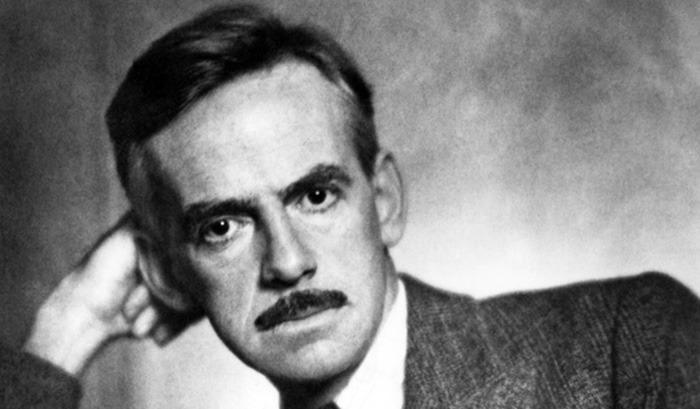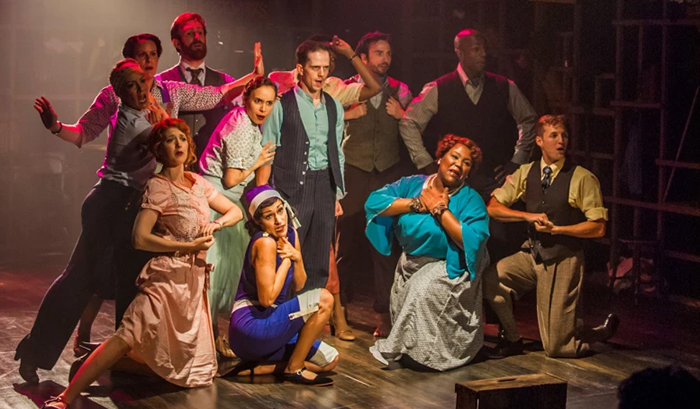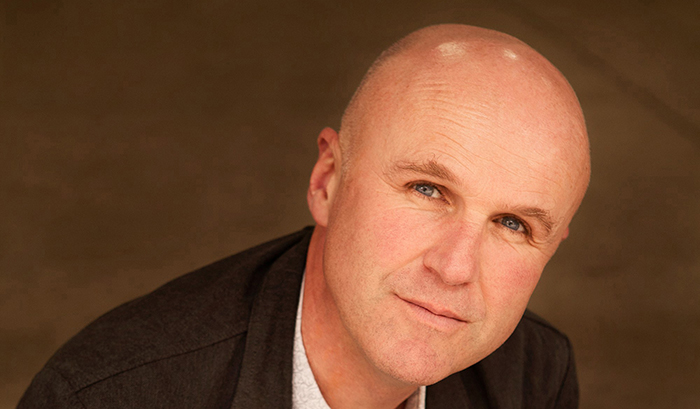First of two parts
Ten years ago, in 1998, I had dinner with Lu Herrera, who was President of the Culver City Historical Society. We were joined by Ted Cooke, the legendary Chief of
Police in Culver City.
I told him that I grew up in Ocean Park. In the course of our conversation, we learned
that we had several mutual acquaintances. My father, Clyde Hawkins, had been the manager
of a restaurant and nightclub known as Sym's Grill. Pop Syms had sold the place in 1943
and retired.
Still, the new owner kept the name. My father also was vice president of the local Culinary Workers' Union, headquartered on Main Street and Pier Avenue.
During the war years, the area prospered. Musicians and artists, like the Mills Brothers, Spike Jones, Bob Crosby, Pinkie Tomlin and Spade Cooley, appeared in nightclubs there.
Joe Venuti, who appeared on "The Bing Crosby Show," nightly was Sym's resident bandleader.
By 1950, at the onset of the Korean conflict, the area tanked.
Nightclubbing became as passe
as going to a movie. Sym's closed its doors in 1951, and the area quickly converted into a skid row.
A Comeback
By the mid-1950s, the area was revived, and the dilapidated Ocean Park Pier became "Pacific
Ocean Park."
Pier Avenue, which led to the Ocean Park Pier, was used in several prominent films in the 1940s and early ‘50s. Most of the films were gangster films, or "film noir," a term coined by
French film critics. Among the films made there were a pair of crime movies, directed by
Anthony Mann and starring Dennis O'Keefe, "Raw Deal" and "T Men" along with MGM’s "Any Number Can Play" with Clark Gable and Alexis Smith.
I remember watching Shelley Winters kill John Garfield in an alley behind Marine Street in Garfield's last film, "He Ran All The Way." Orson Welles shot scenes from "Touch of Evil" on Ocean Avenue.
My conversation with Chief Cooke turned to movies and a prominent film that was being hailed as a masterpiece, "L.A. Confidential," and the late Mickey Cohen.
Assessing Cohen
"He was a tough little monkey," Cooke recalled. "He practically ripped my shirt off when I
arrested him."
We both agreed that Cohen was hardly the big shot portrayed in “L.A. Confidential."
"He was never into drugs," Cooke said. "He was a bookie and a gambler, but he
never sold drugs."
My father, who died in 1964 told me that the mob, or Crime Syndicate, that controlled gambling, prostitution and the drug trade on the East Coast was kept at bay from Los Angeles by the LAPD’s infamous "Hat Squad."
An Unwelcome Greeting
On several occasions, Don Corleone-types were met at the airport by Squad members and told that they were not welcome here.
In the early 1950s an attempt was made to legalize gambling in Santa Monica and Culver
City. But the citizenry turned back that attempt and the Syndicate then turned its
attention to Las Vegas.
My father told me that the real boss of the local gambling syndicate was a soft-spoken
businessman who owned one of the most popular restaurants in Southern California
and dabbled in real estate.
When the Kefauver Committee began its investigation of
gambling in Los Angeles, the boys in the back room made themselves scarce and told
Loudmouthed Mickey, who acted like a movie gangster, that he could "be the boss."
Mickey Cohen went to jail while the real gambling interests quietly disappeared into the
woodwork.
Meanwhile, the gentleman my father told me about, quietly sold his interest in the restaurants he owned and retired to Palm Springs in 1980.
(To be continued Tuesday)
Mr. Hawkins may be contacted atrjhculvercity@aol.com







